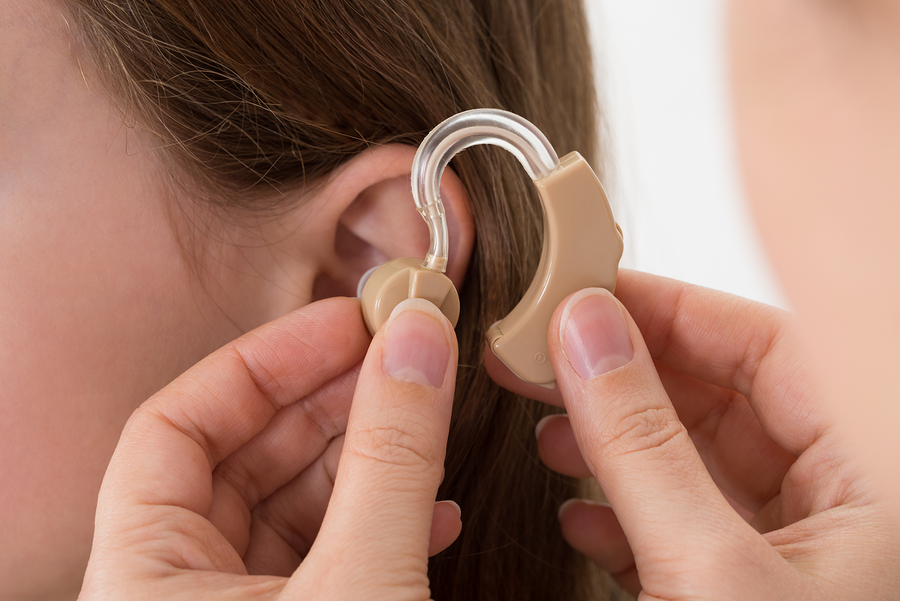As technology progresses, our ability to augment, enhance, and otherwise modify ourselves is also progressing. When it comes to the five senses, humans have been enhancing some of them for decades and have only recently begun to experiment with others. It is now cheaper, easier, and more aesthetically pleasing to address vision, hearing, and other senses with technological aids that can overcome deficiencies or even enhance function beyond normal human levels.
Vision
Glasses and contacts have been around for years, centuries even, and both technologies have been pushed to their limits, or so it was thought. Google made an early foray into augmented eyewear with Google Glass. Though not a commercial success, Google Glass gives us an idea of what the very near future may “look” like.
More than just augmented reality for surfing the web, however, technology may make it possible to see in different wavelengths (e.g. infrared, UV, etc.) and is on the cusp of bringing full sight to those who are blind. Implanted devices that directly stimulate the brain and bypass the eyes are already being tested and their early successes are mind boggling. MIT is one of the leaders in retinal prostheses, which are implants that interface directly with the optic nerve on a nanoscale level.
Hearing
Hearing aids have progressed faster than just about any sense-enhancing device to date. The once large and cumbersome over-the-ear hearing aids have given way to sleeker models that even include miniature hearing aids that fit directly into the ear canal. Custom hearing aids can be made to fit comfortably for any individual without sacrificing quality or performance. You simply put them in and then forget about them.
The future of implantable technology holds great promise for hearing as well. Cochlear implants have been around for some time, but researchers are now looking into everything from miniature nerve implants to replacing bones for the inner ear and using stem cells to restore hearing completely. There is even research into cochlear regeneration, which can actually encourage parts of the ear to regrow. At present time, an “ear-lens” is in clinical trials. It uses a miniature sensor to receive sound and then converts those signals into laser signals. The laser then amplifies the signal and sends it to the ear to improve hearing. Laser hearing … cool!
Taste and Smell
The truth is that taste and smell go together quite well. One aids the other and so talking about them in tandem makes perfect sense. There hasn’t been a lot in the way of machines to alter these senses in the past, but that may soon be changing. Imagine an implant that improves your sense of smell or allows you to detect potential hazards, like carbon monoxide, that you can’t currently detect. Think about an implant that allows you to alter food perception so that broccoli tastes better than chocolate. All of this and more may soon be possible, making it easier for people to diet and maybe even putting “blood hounds” out of business.
Touch
Virtual reality (VR) may soon make it possible to “feel” things that aren’t there. Video games will no longer be strictly audiovisual experiences on a flat screen, but instead will excite all of the senses, including the sense of touch. VR is becoming tactile, which means that our largest sense organ (sense receptors cover about 18% of our skin) can now be stimulated to create the illusion of touching something even if it isn’t there. Just imagine the possibilities.
Sensing the Future
It isn’t possible to precisely predict the future, but it is abundantly clear that an explosion in technology aimed at enhancing our five senses is just over the horizon. Everything from hearing to touch to vision is about to get a boost from years of research into nanotechnology, stem cells, and human-computer interaction.





